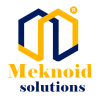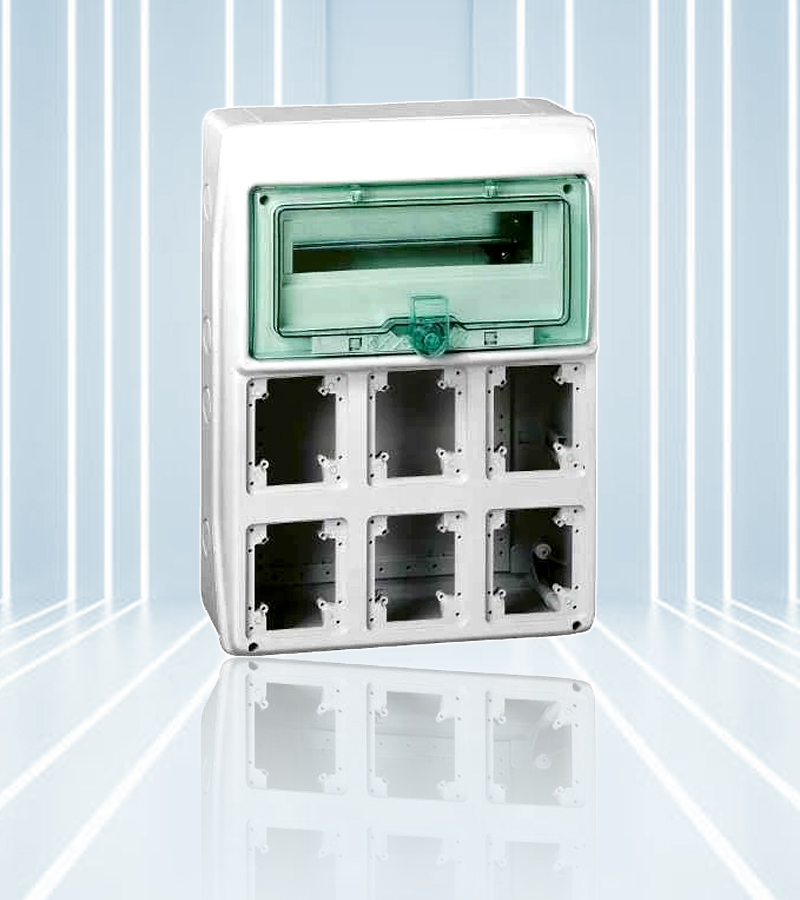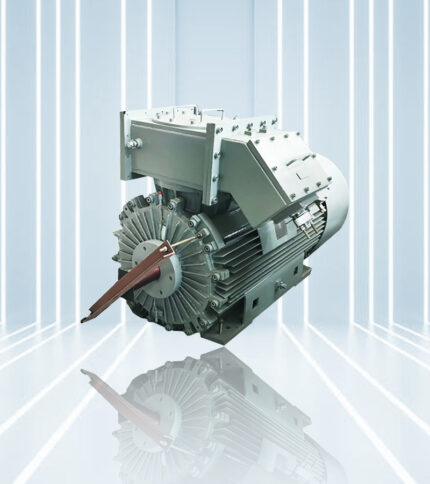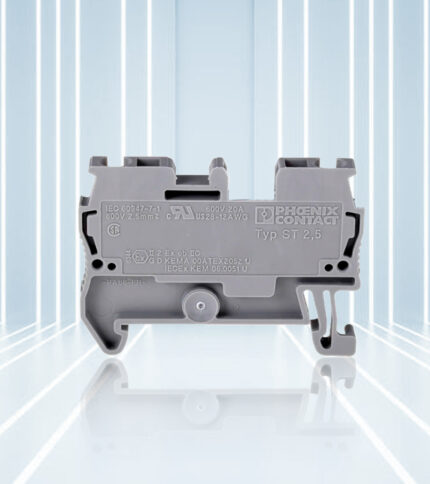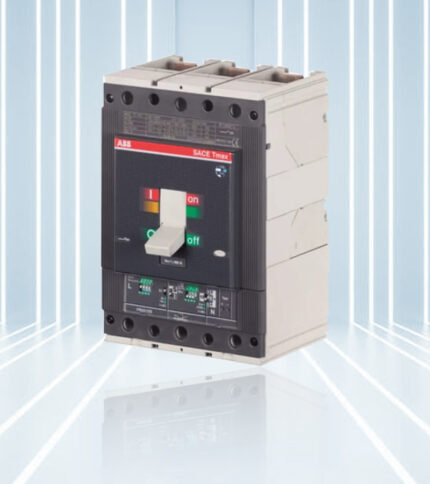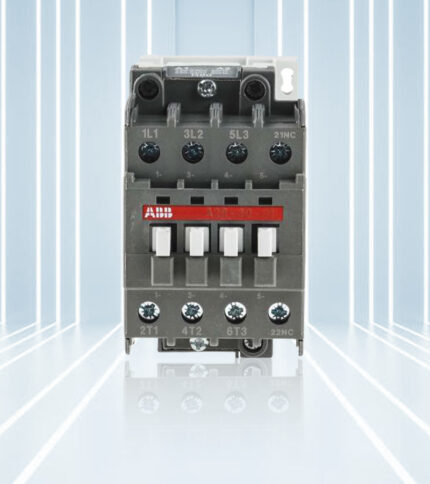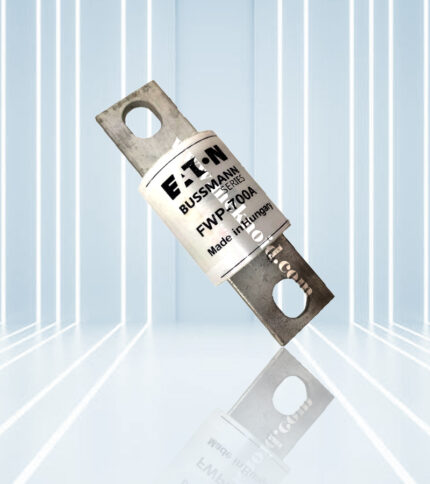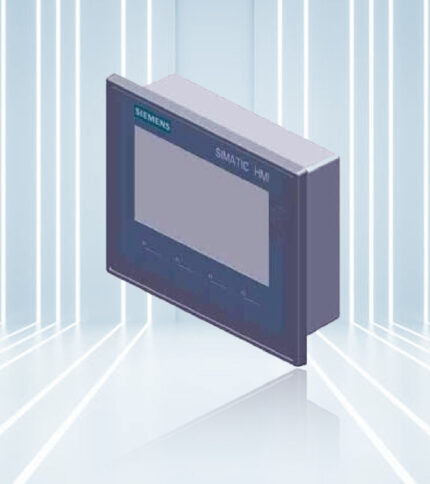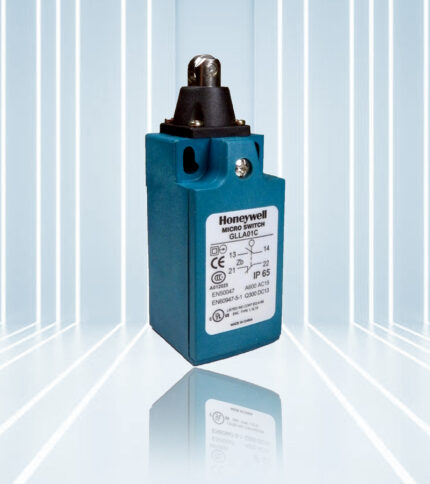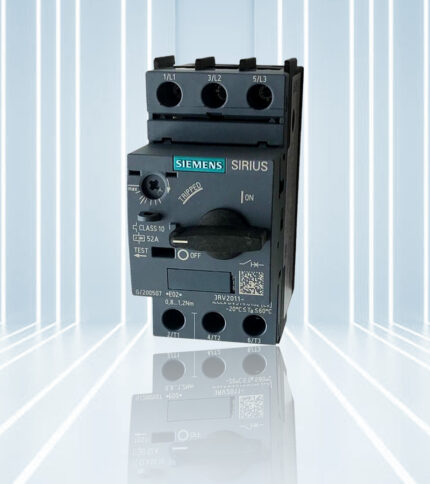Description
Enclosures, Boxes, and Cases are essential components used to house and protect electrical, electronic, and mechanical equipment from environmental factors such as dust, moisture, temperature variations, and physical damage. These protective enclosures come in various shapes, sizes, and materials to accommodate different equipment types, installation requirements, and environmental conditions. The primary function of enclosures is to provide a secure and enclosed space for housing sensitive components, instrumentation, and devices, shielding them from external hazards and ensuring reliable operation. Enclosures are commonly used in industrial automation, telecommunications, transportation, and outdoor installations where equipment must withstand challenging environmental conditions.
Enclosures are available in a wide range of materials, including metal (such as steel, stainless steel, and aluminum) and non-metallic materials (such as polycarbonate, fiberglass, and ABS plastic), offering flexibility to suit diverse application needs and budget considerations. Metal enclosures provide robustness and durability, while non-metallic enclosures offer lightweight and corrosion-resistant alternatives. Key features of enclosures include weatherproof seals, gaskets, and ingress protection ratings (IP ratings) to prevent moisture ingress and dust contamination, ensuring equipment reliability and longevity. Many enclosures also feature mounting provisions, cable management options, and accessories such as ventilation fans, heaters, and security locks to enhance functionality and installation flexibility. Enclosures can be wall-mounted, pole-mounted, floor-standing, or rack-mounted, depending on the application requirements and available space. They may feature hinged or removable covers for easy access to equipment during installation, maintenance, and servicing.
Benefits
- Equipment Protection: Enclosures, boxes, and cases offer robust protection for sensitive electronics, instrumentation, and industrial components, shielding them from environmental hazards such as dust, moisture, and physical damage.
- Longevity: By providing a secure and enclosed space for equipment, these protective solutions extend the lifespan of devices and components, reducing the risk of premature failure and downtime.
- Versatility: Enclosures come in various sizes, materials, and configurations, offering flexibility to accommodate different equipment types and installation requirements across diverse applications.
- Customization: Many enclosures are customizable, allowing for modifications such as additional mounting provisions, cable management options, and accessories tailored to specific application needs.
- Ease of Installation: Enclosures are designed for easy installation, with features such as mounting brackets, pre-drilled holes, and removable covers facilitating quick and hassle-free setup.
Technology
- Material Selection: Enclosures are made from a variety of materials including metal (steel, stainless steel, aluminum) and non-metallic materials (polycarbonate, fiberglass, ABS plastic), chosen based on factors such as durability, corrosion resistance, and electrical insulation properties.
- Weatherproofing: Enclosures feature weatherproof seals, gaskets, and ingress protection (IP) ratings to prevent moisture ingress and dust contamination, ensuring equipment reliability even in outdoor or harsh environments.
- Thermal Management: Some enclosures incorporate thermal management features such as ventilation fans, heaters, and heat sinks to regulate internal temperatures and prevent overheating of enclosed equipment.
- EMI/RFI Shielding: Certain enclosures provide electromagnetic interference (EMI) and radio frequency interference (RFI) shielding to protect sensitive electronics from electromagnetic interference and ensure signal integrity.
- Modularity: Enclosures may feature modular designs with interchangeable components, allowing for easy customization, expansion, and reconfiguration to meet evolving application requirements.
Reliability
- Durable Construction: Enclosures are built with sturdy materials and robust construction to withstand mechanical stress, impacts, and environmental factors, ensuring long-term reliability in demanding conditions.
- Sealed Enclosures: Many enclosures feature sealed designs with tight-fitting covers and gaskets to provide protection against water, dust, and other contaminants, maintaining equipment integrity and reliability.
- Compliance: Enclosures comply with industry standards and regulations for electrical safety, environmental protection, and performance, ensuring reliability and peace of mind for users.
- Corrosion Resistance: Metal enclosures are often treated with corrosion-resistant coatings or made from stainless steel or aluminum alloys to withstand corrosive environments and ensure prolonged reliability.
- IP Ratings: Enclosures are rated according to IP standards for their degree of protection against solids and liquids, providing users with clear information about the enclosure’s suitability for specific environments and applications.
